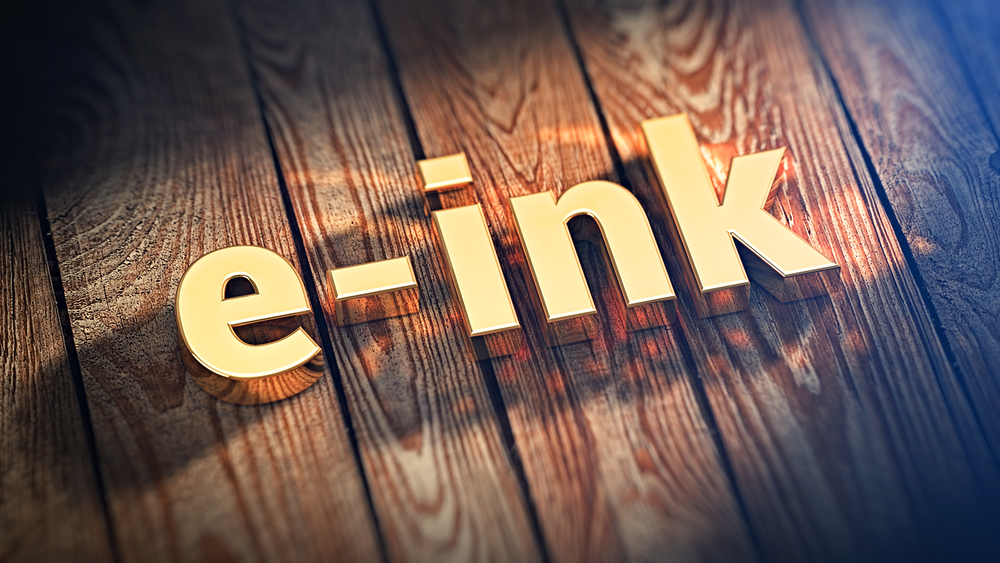E-ink Tech: A Deep Dive into a More Sustainable Future
Introduction: From eBooks to smartwatches, E-ink technology is subtly revolutionizing our digital world. Offering environmentally-friendly alternatives to traditional screens, this fascinating innovation is worth a closer look. Join us as we delve into the world of E-ink, its historical context, current applications, and its potential to shape the future of digital technology.

A Brief History of E-ink
Electronic ink or E-ink is a type of digital paper technology invented in the late 1990s by researchers at the Massachusetts Institute of Technology’s Media Lab. E-ink was developed to mimic the appearance of ordinary ink on paper. The tech was unique in its low power consumption, high readability, and ability to maintain an image without power.
Recent Developments and Current Applications
Fast-forward to the 21st century, E-ink is no longer just a concept. It’s found in everyday devices from Amazon’s Kindle to smartwatches and even digital signage. E-ink’s popularity has soared due to its minimal power demands, and the comfort it provides to the reader, closely resembling the experience of reading from actual paper.
E-ink and Its Potential Market Impact
The E-ink market is expected to reach USD 28.87 billion by 2026, growing at a CAGR of 8.5% from 2021. Its low power consumption makes it an attractive proposition in a world increasingly conscious of energy efficiency. The rise in demand for wearables, smartphones, and e-readers is expected to fuel the growth of the E-ink market.
Challenges and Future Prospects
While E-ink offers many advantages, it also faces challenges. The technology’s slow refresh rate prevents it from being used in applications that require quick image changes, like video playback. However, recent advancements are promising, with companies developing color E-ink and flexible E-ink displays that could broaden its use in the tech world.
E-ink: A Sustainable Future?
E-ink could play a significant role in creating a more sustainable technological future. Its low power consumption reduces the energy demand of devices, potentially decreasing CO2 emissions. Furthermore, E-ink’s light weight and durability could lower the environmental impact of product shipping and increase device lifespan, reducing electronic waste.
In conclusion, E-ink, a humble invention from the 90s, has the potential to leave a significant mark on our digital future. Its unique attributes make it an exciting field to watch in the coming years. As we continue to strive for sustainability and efficiency in our tech-saturated world, it’s clear that E-ink is more than just a novel idea—it’s a viable solution for a greener future.




